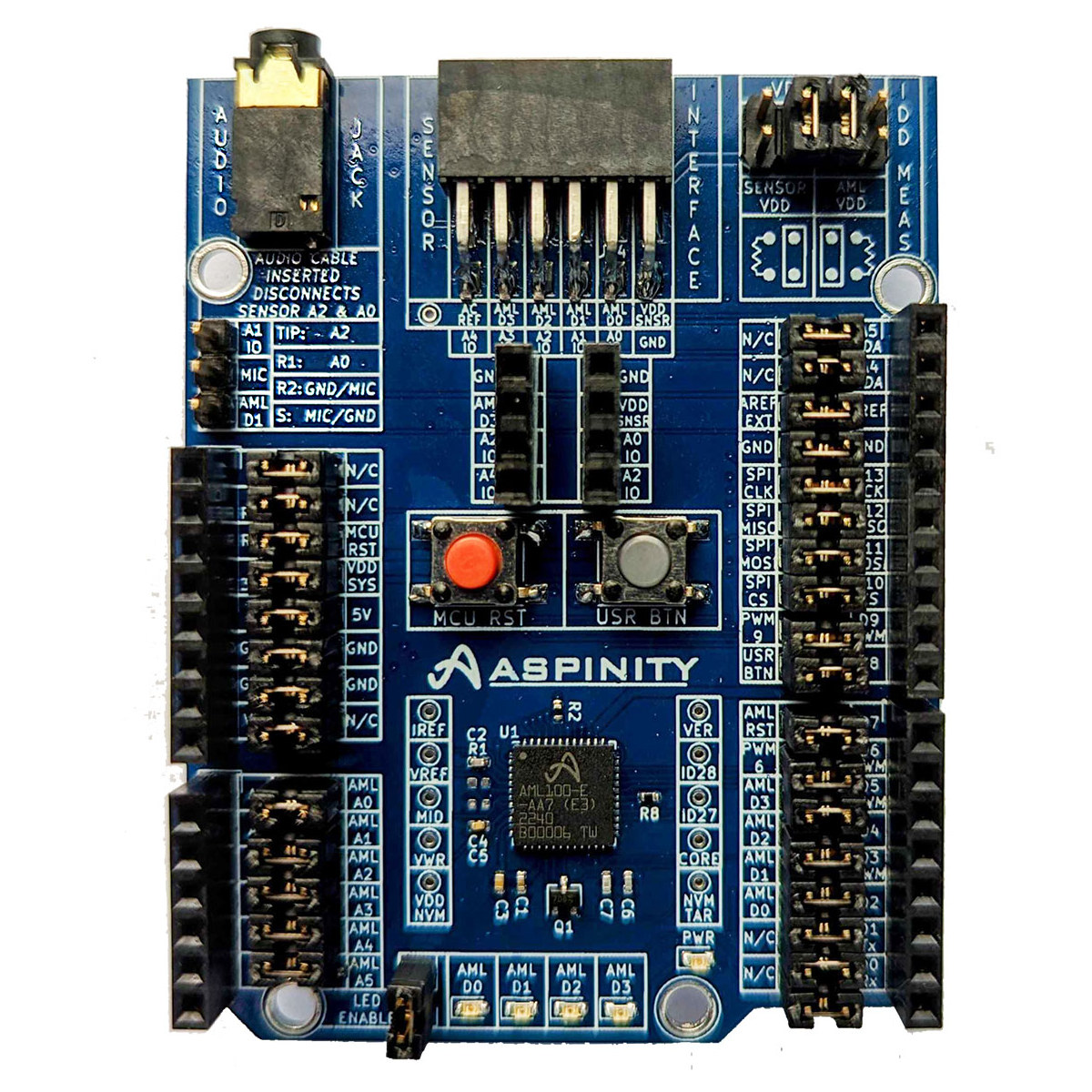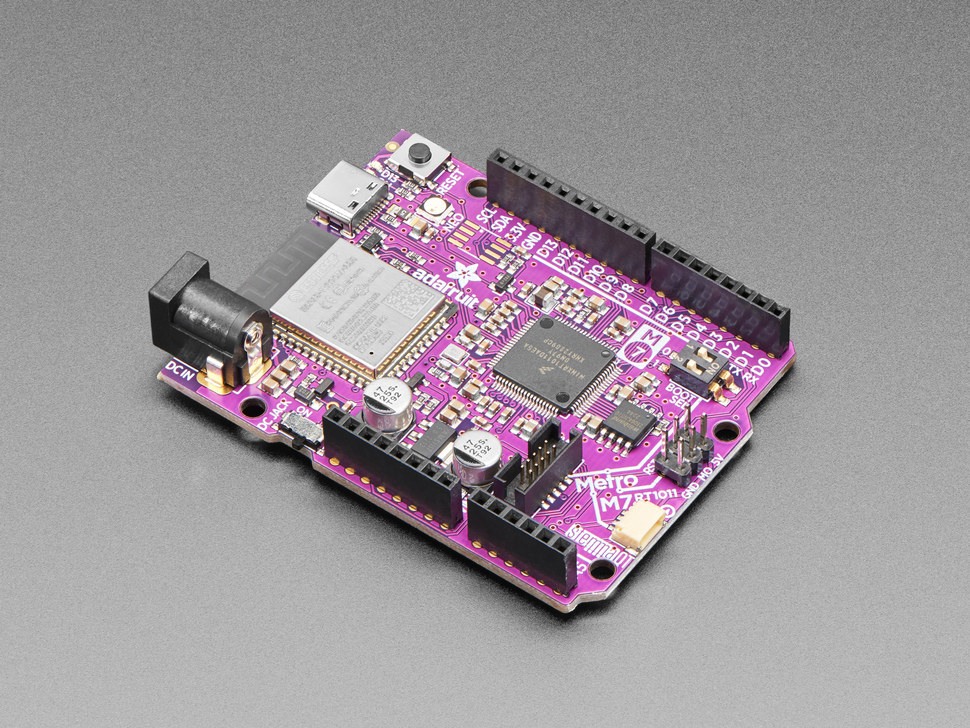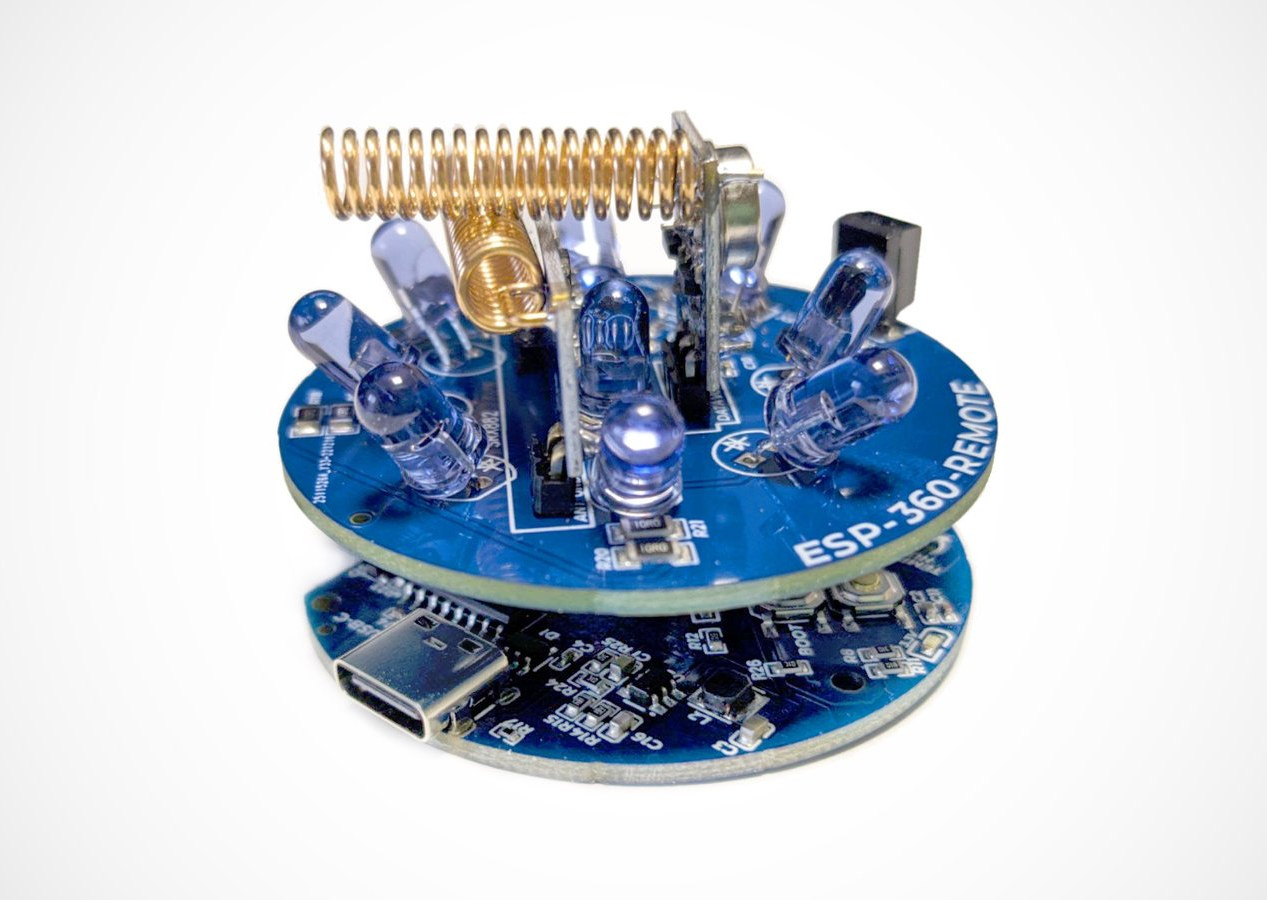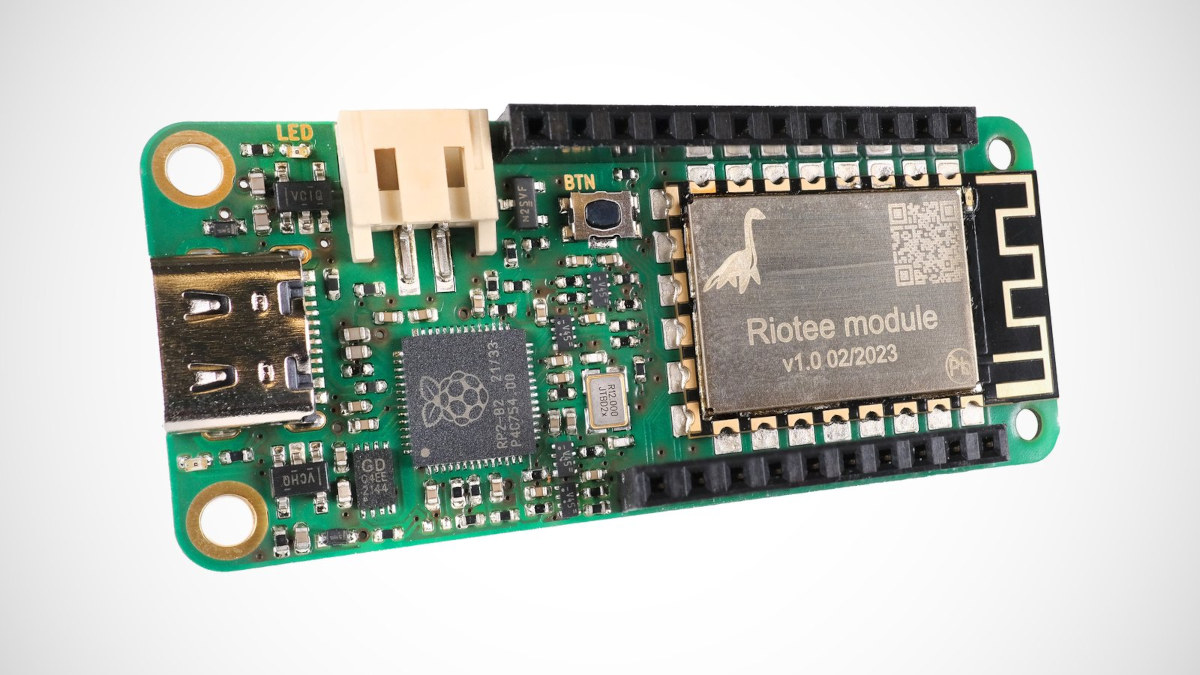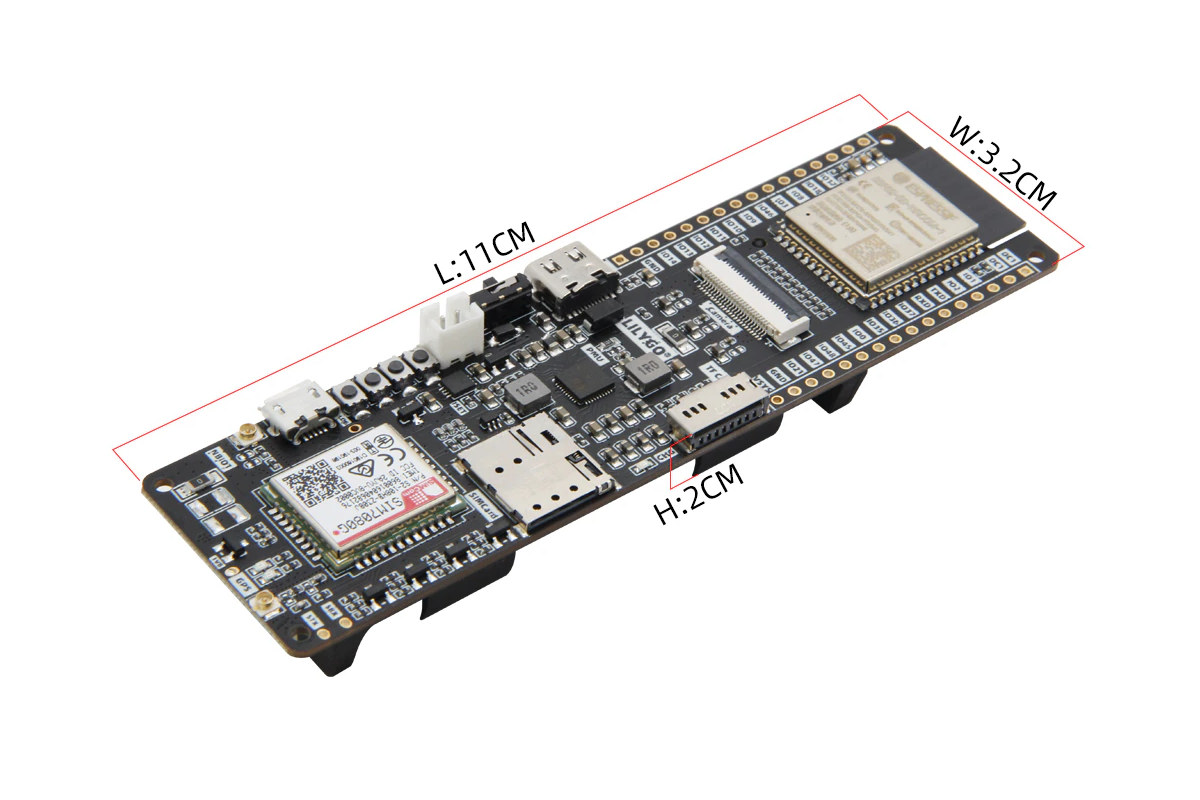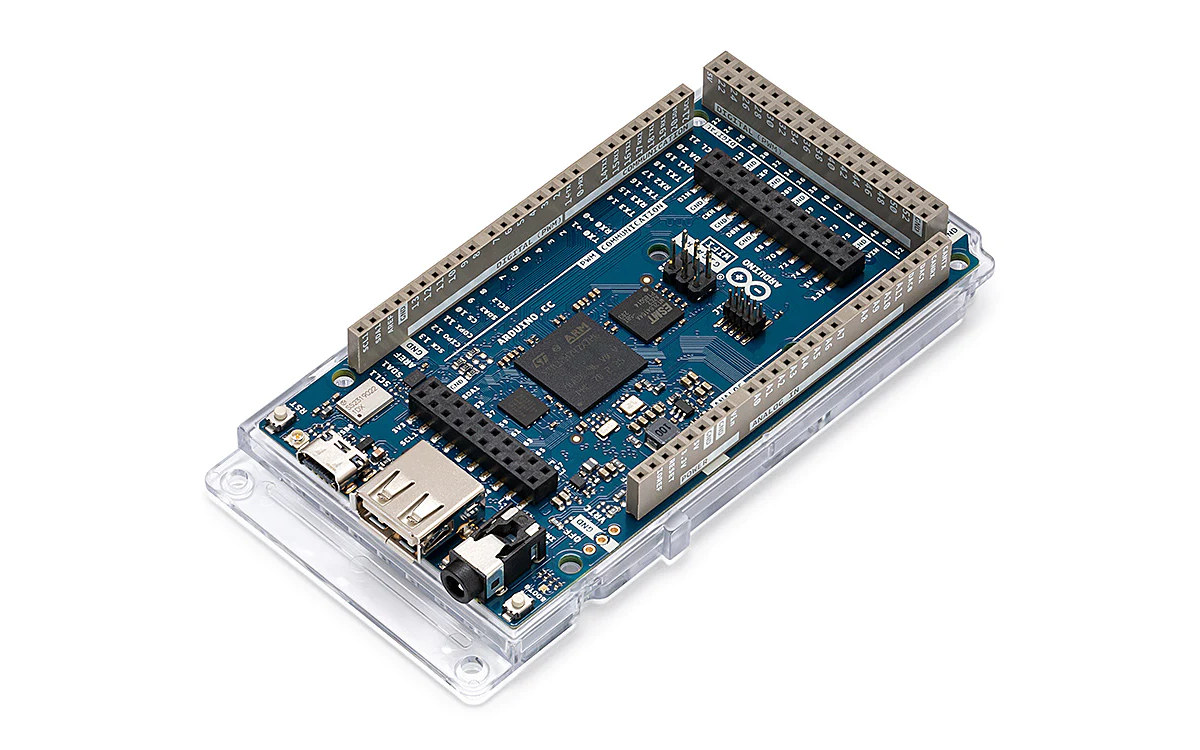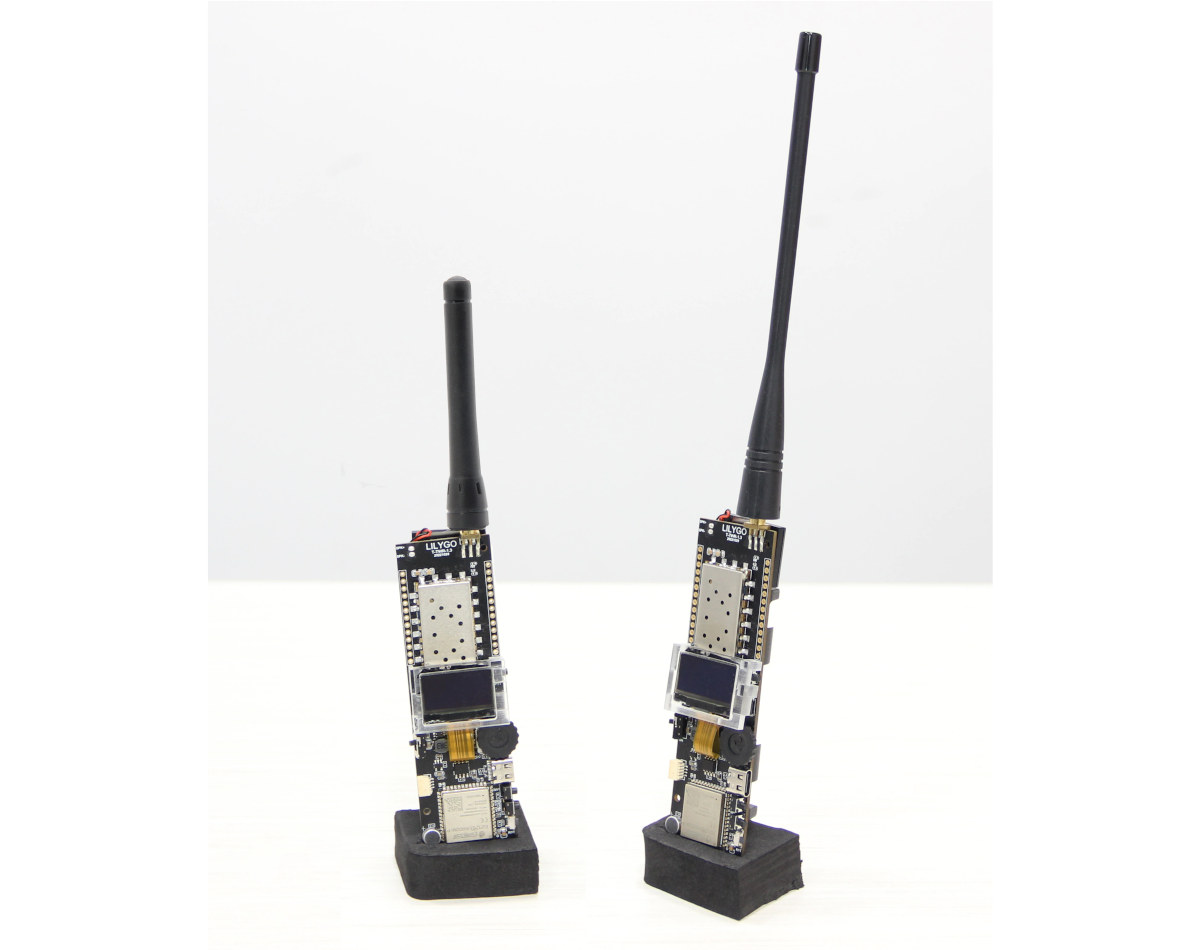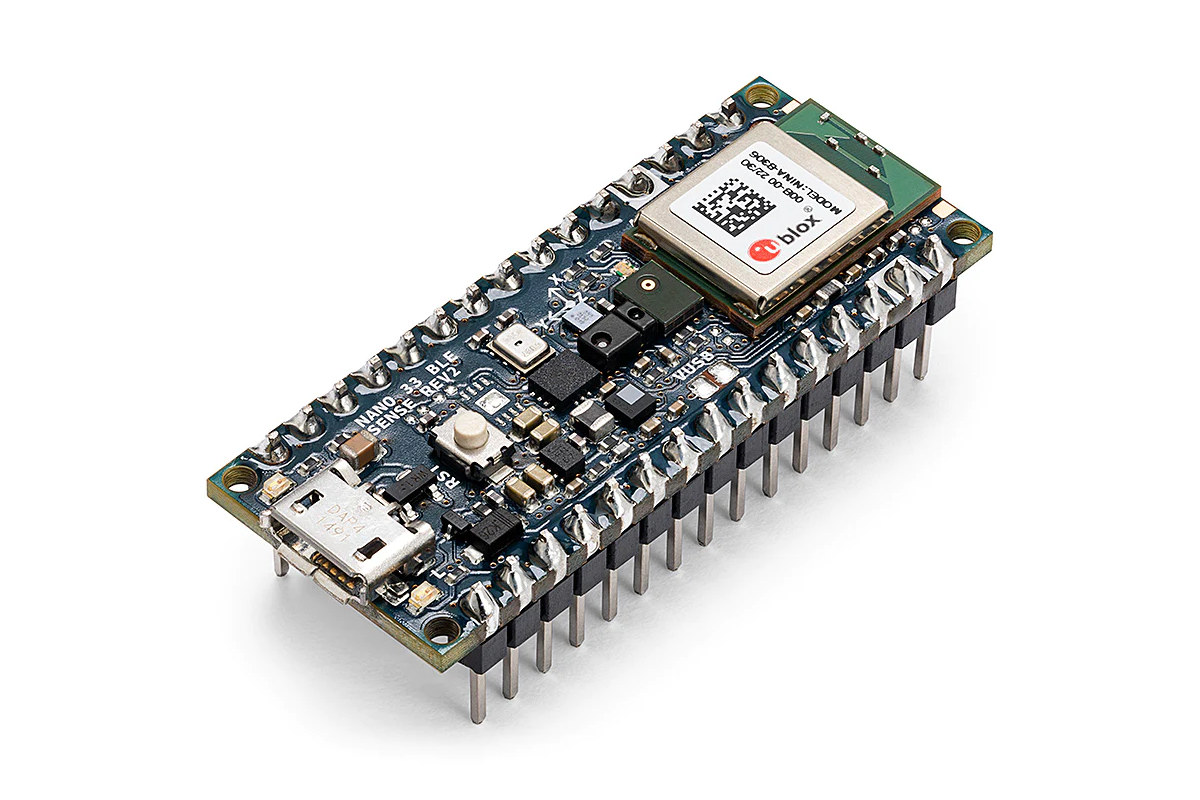Aspinity AB2 AML100 is an Arduino Shield based on the company’s AML100 analog machine learning processor that reduces power consumption by 95 percent compared to equivalent digital ML processors, and the shield works with Renesas Quick-Connect IoT platform or other development platforms with Arduino Uno Rev3 headers. The AML100 analog machine learning processor is said to consume just 15µA for sensor interfacing, signal processing, and decision-making and operates completely within the analog domain offloading most of the work from the microcontroller side that can stay its lowest power state until an event/anomaly is detected. Aspinity AB2 AML100 Arduino Shield specifications: ML chip – Aspinity AML100 analog machine learning chip Software programmable analogML core with an array of configurable analog blocks (CABs) with non-volatile memory and analog signal processing Processes natively analog data Near-zero power for inference and events detection Consumes <20µA when always-sensing Reduces analog data by 100x Supports up […]
Arduino UNO compatible Adafruit Metro M7 features 500 MHz NXP i.MX RT1011 Cortex-M7 SoC
Adafruit Metro M7 is a development board based on a 500 MHz NXP i.MX RT1011 Arm Cortex-M7 crossover MCU that follows Arduino UNO form factor and integrates the ESP32-based “AirLift” WiFi module for wireless connectivity. The board also comes with 4MB QSPI storage, a few LEDs and buttons, a Qwiic connector for additional expansion beyond Arduino Shields, and an SWD connector for debugging. The board takes 6V to 12V DC input via a power barrel jack, but can also be powered through its USB Type-C port. Adafruit Metro M7 specifications: SoC – NXP iMX RT1011 crossover microcontroller with an Arm Cortex-M7 clocked at 500 MHz and 128KB SRAM/TCM Storage – 4MB of QSPI XIP Flash Wireless – AirLift WiFi co-processor with TLS/SSL support (better known as ESP32-WROOM-32) USB – 1x USB Type-C port for power and programming Expansion Arduino UNO headers for Arduino shields compatibility STEMMA QT connector for I2C […]
Home Assistant compatible “ESP 360 Remote” controls infrared and 433MHz appliances over WiFi (Crowdfunding)
ESP 360 Remote is an ESP32-based IR and 433 MHz RF remote with built-in sensors used to control home appliances over WiFi and that also integrates with Home Assistant open-source home automation framework. The open-source hardware design is comprised of a mainboard with an ESP32-WROOM-32E module, temperature, humidity, and light sensors, and a board on the top with nine infrared LEDs, one IR receiver, as well as a 433 MHz (or 315 MHz) RF receiver and transmitter with the receivers used for learning the code from the remote controls. ESP 360 Remote specifications: Wireless module – ESP32-WROOM-32E with ESP32 dual-core microcontroller 4MB flash 2.4 GHz WiFi and Bluetooth LE connectivity, built-in PCB antenna, fully compatible with ESPHome firmware Control interface 9x High Power IR LEDs to control devices in all directions (hence the 360 name) IR receiver to learn remote control codes 433 MHz (or 315 MHz) RF transmitter 433 […]
Riotee batteryless stackable IoT board embeds an nRF52833 module (Crowdfunding)
Nessie Circuits’ Riotee board features a Riotee module based on Nordic nRF52833 WiSoC with a 2.4 GHz radio that targets batteryless IoT applications thanks to a stackable design taking a capacitors add-on board and a solar panel. Batteries introduce maintenance costs and environmental issues with millions of batteries disposed of every day. That’s why companies are trying to provide solutions for batteryless IoT designs such as the Everactive batteryless IoT devkit or Telink energy harvesting wireless module for remote controls. The Riotee module, board, and ecosystem also aim to play their part in reducing the use of batteries in wireless IoT devices. Riotee board specifications: Riotee module Wireless MCU – Nordic nRF52833 Arm Cortex-M4F microcontroller @ 64 MHz with 512 kB flash, 128 kB RAM, 2.4 GHz radio Memory – 128 kB of non-volatile memory (MSP430FR5962 FRAM) for “automatic checkpointing of application state” Castellated holes with 11x GPIOs including two […]
IoT board supports WiFi, Bluetooth, NB-IoT, Cat-M and GNSS with ESP32-S3 and SIM7080G modules
LILYGO T-SIM7080G-S3 is an ESP32-S3 WiFi and Bluetooth IoT board with a SIMcom SIM7080G LTE Cat-M (eMTC), NB-IoT, and GNSS module for low-power long-range connectivity and asset tracking. The board also comes with a 18650 battery holder, a solar panel input, a microSD card slot, a camera port, and several I/Os and provides an alternative to the TTGO T-Beam ESP32 board that relies on LoRaWAN for long-range connectivity instead. LILYGO T-SIM7080G-S3 specifications: Wireless modules Espressif ESP32-S3-WROOM-1-N16R8 module with ESP32-S3 dual-core LX7 microprocessor @ up to 240 MHz with Vector extension for machine learning, 16MB flash, 8MB PSRAM, WiFi 4 and Bluetooth 5 LE/Mesh SIMCom SIM7080G global multi-band Cat-M and NB-IoT module with GNSS Bands: Cat-M – B1/B2/B3/B4/B5/B8/B12/B13/B14/B18/B19/B20/B25/B26 /B27/B28/B66/B85 NB-IoT – B1/B2/B3/B4/B5/B8/B12/B13/B18/B19/B20/B25/B26/B28 /B66/B71/B85 Data rate Cat-M – Uplink: 1,119 Kbps, downlink: 589 Kbps NB-IoT: Uplink: 150 Kbps downlink: 136 Kbps LTE RF Power Class: 5 (Typ. 21dbm) GNSS – GPS, GLONASS, […]
Arduino GIGA R1 WiFi board launches with STM32H7 MCU, up to 76 I/O pins
Arduino GIGA R1 WiFi board brings the STM32H7 dual-core Cortex-M7/M4 microcontroller found in the Portenta H7 boards to the larger Arduino Mega/Due form factor with up to 76 GPIO pins. As its name implies, the board also comes with a WiFi 4 (and Bluetooth 5.1) module, as well as an audio jack, a USB Type-C port for programming, a USB 2.0 Type-A host port, and extra connectors for a display and a camera. Arduino GIGA R1 WiFi board specifications: Microcontroller – STMicro STM32H747XI Cortex-M7 @ 480 MHz + M4 @ 200 MHz MCU with 2MB dual-bank Flash memory, 1 MB RAM, Chrom-ART graphical hardware accelerator System Memory – 8MB SDRAM Storage – 16MB QSPI NOR flash Connectivity – 2.4GHz WiFi 802.11b/g/n up to 65 Mbps and Bluetooth 5.1 BR/EDR/LE via Murata 1DX module Display – 20-pin header (J5) Camera – 20-pin Arducam camera header (J6) USB 1x USB Type-C port […]
LILYGO T-TWR is an ESP32-S3 board with an SA868 Walkie-Talkie module
LILYGO T-TWR is an ESP32-S3 development board fitted with an SA868 Walkie-Talkie module and a UHF or VHF antenna, a speaker, a microphone, a small 0.96-inch OLED, and a 18650 battery holder, plus some I/Os for expansion. Equipped with an ESP32-S3-WROOM-1-16NR8 module, the T-TWR offers WiFi 4 and Bluetooth 5.0 connectivity, a dual-core processor with 16MB flash and 8MB PSRAM, and enables users to design their own Walkie-Talkie, while its expansion capabilities allow the control of devices. LILYGO T-TWR specifications: Wireless module – Espressif ESP32-S3-WROOM-1-N16R8 module with ESP32-S3 dual-core LX7 microprocessor @ up to 240 MHz with Vector extension for machine learning, 16MB FLASH, 8MB PSRAM, WiFi 4 and Bluetooth 5 LE/Mesh Display – 0.96-inch OLED with 128×64 resolution based on SSD1306 I2C display driver SA868 Walkie-Talkie module based on RDA1846S chip Bandwidth: 12.5 kHz/25 kHz Sensitivity: -124 dBm Support 1.6W or 1.8W mode. The latter is not recommended due […]
Arduino Nano 33 BLE Sense Rev2 switches to BMI270 & BMM150 IMUs, HS3003 temperature & humidity sensor
Arduino Nano 33 BLE Sense Rev2 is a new revision of the Nano 33 BLE Sense machine learning board with basically the same functionality but some sensors have changed along with some other modifications “to improve the experience of the users”. The main changes are that STMicro LSM9DS1 9-axis IMU has been replaced by two IMUs from Bosch SensorTech, namely the BMI270 6-axis accelerometer and gyroscope, and the BMM150 3-axis magnetometer, a Renesas HS3003 temperature & humidity sensor has taken the place of an STMicro HTS221, and the microphone is now an MP34DT06JTR from STMicro instead of an MP34DT05. All of the replaced parts are from STMicro, so it’s quite possible the second revision of the board was mostly to address supply issues. Arduino Nano 33 BLE Sense Rev2 (ABX00069) specifications: Wireless Module – U-blox NINA-B306 module powered by a Nordic Semi nRF52840 Arm Cortex-M4F microcontroller @ 64MHz with 1MB […]


